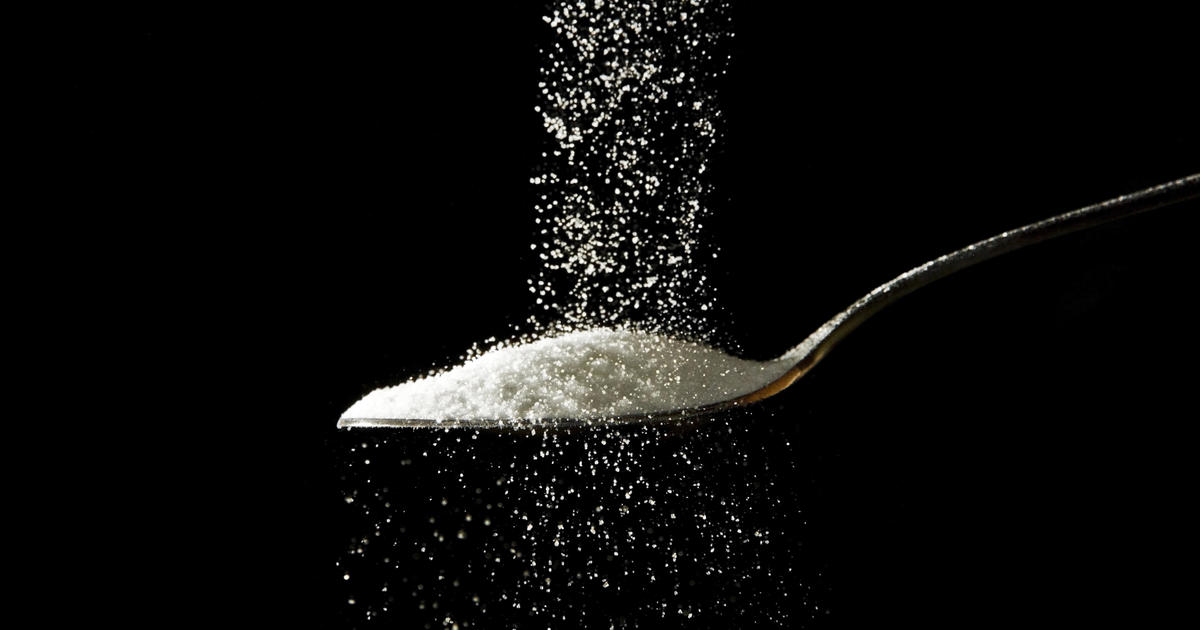Key takeaways:
- The World Health Organization’s International Agency for Research on Cancer categorized aspartame as a Group 2B carcinogen, based on limited evidence for cancer in humans.
- The U.S. Food and Drug Administration does not agree with the IARC’s categorization and said that aspartame is one of the most studied food additives in the human food supply.
- The WHO’s cancer research group and food safety group have both released statements on the safety of aspartame, with the cancer research group categorizing it as a possible carcinogen and the food safety group saying that the evidence isn’t convincing and that the compound can still be consumed safely in fairly high amounts.
The World Health Organization (WHO) has released a statement regarding the safety of aspartame, a common artificial sweetener found in Diet Coke and other sugar-free foods and drinks.
The WHO’s International Agency for Research on Cancer (IARC) categorized aspartame as a Group 2B carcinogen, based on limited evidence for cancer in humans. Specifically, the IARC found a potential link between aspartame and hepatocellular carcinoma, a type of liver cancer.
However, the U.S. Food and Drug Administration (FDA) does not agree with the IARC’s categorization. The FDA said that aspartame is one of the most studied food additives in the human food supply and that their scientists do not have safety concerns when aspartame is used under the approved conditions.
Dr. Francesco Branca, director of the department of nutrition and food safety at WHO, said in a statement Thursday that science is continuously expanding to assess the possible initiating or facilitating factors of cancer. He added that the assessments of aspartame have indicated that it can be consumed safely in fairly high amounts.
The WHO’s cancer research group and food safety group have both released statements on the safety of aspartame. While the cancer research group has categorized aspartame as a possible carcinogen, the food safety group has said that the evidence isn’t convincing and that the compound can still be consumed safely in fairly high amounts.



Be First to Comment